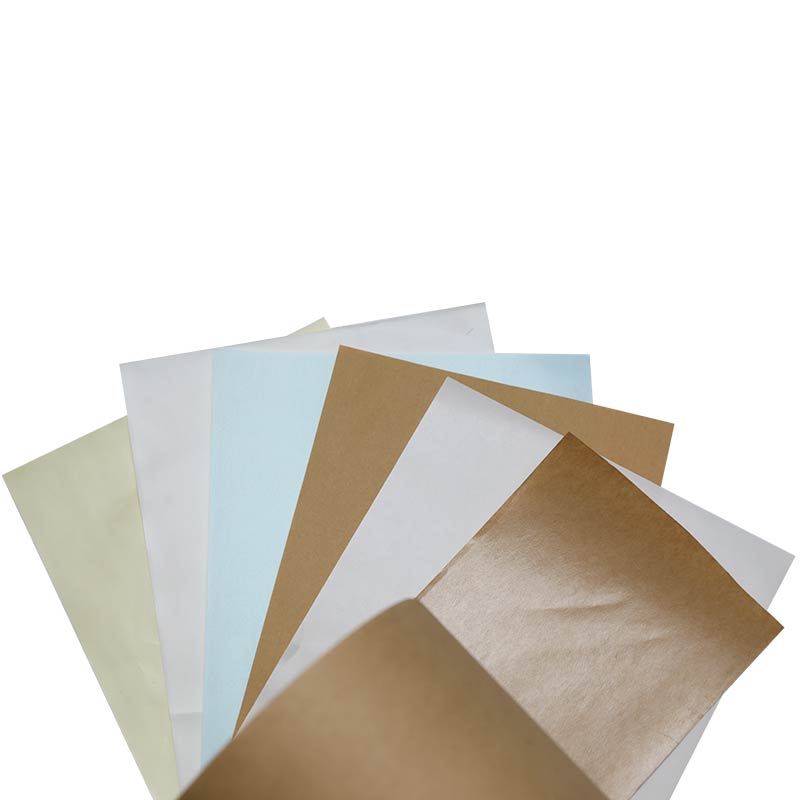Manufacturer of Release Paper used in a wide variety of pressure sensitive adhesive applications. Typical applications include label and tapes, converting and packaging, film, sheeting, rubber manufacturing/curing/vulcanizing and medical/pharmaceutical. Products offered in a wide variety of caliper tolerances, thicknesses and ply constructions. Custom slitting, die cutting and printing services available.
The primary purpose of a Release Paper is to serve as a base or carrier for a secondary adhesive, sealant or coating. A good Release Paper will have inert properties that allow the primary material to be removed without damaging itself or the secondary material. Examples of pressure-sensitive materials that are printed on Release Papers include name tags for office staff or name plates on vehicles. To facilitate these labels, the primary sticker must be easily removable from the backing of the Release Paper.
To achieve this, the release paper must be free of impurities or coatings that would interfere with the desired removal. The paper must also be capable of handling the high temperatures and long printing cycles typically found in these applications. Finally, it must have excellent porosity and bulk in order to provide a good substrate for the adhesive or coating.
While various materials are utilized as release agents, over 95% of release papers currently produced utilize a silicone release coating. Silicones are the best choice for these applications, as they are the only release coatings that offer the required degree of release needed in most cases while still exhibiting acceptable health and environmental performance. Silicones may be cured using thermal or radiation methods and can be delivered in an organic solvent, an aqueous emulsion or via a solventless system.
In addition to the release property, other critical characteristics of a Release Paper include its opacity, bulk and caliper consistency, tensile strength, surface smoothness and shrinkage. Most of these properties are influenced by a variety of factors such as the type and level of filler used, degree of bleaching and calendering, and the application of coatings. For the purposes of fair comparisons, these tests are typically performed on unsized and coated releases, since sizing and coatings can significantly impact many of the properties discussed herein.
In the current marketplace, there is a need for more environmentally friendly and energy efficient processes for the production of Release Papers and casting substrates. Currently, these products are produced with petrochemical-based resins and coatings that can not only negatively impact the environment, but which are also subject to price fluctuations. In addition, they can not be recycled, which is an increasing concern for the industry. The invention relates to a new process for the manufacture of these products using nano-fibrillated cellulose fibers, or CNF. This new process offers several advantages over the prior art, including increased efficiency and a lower cost of production.

